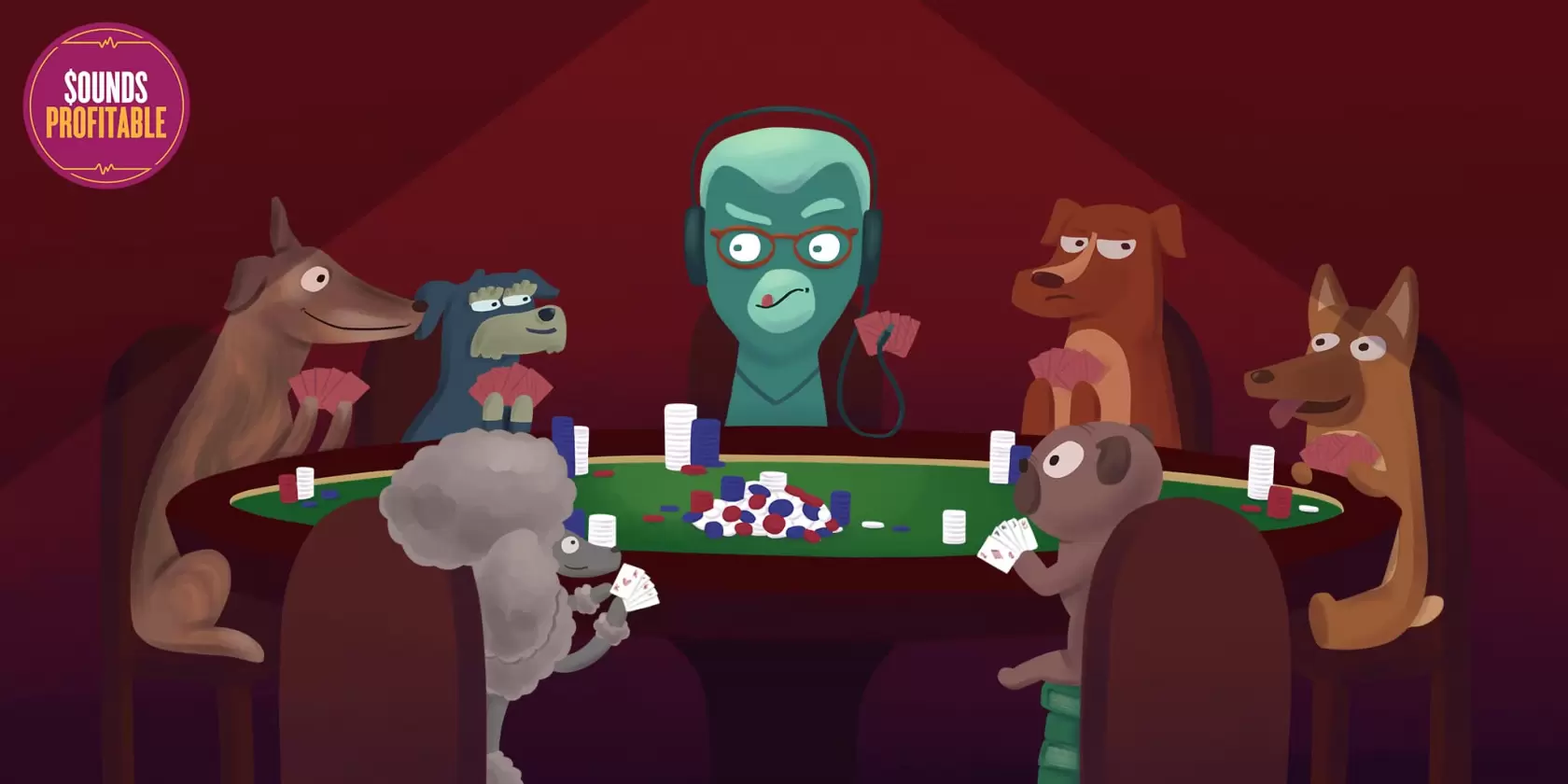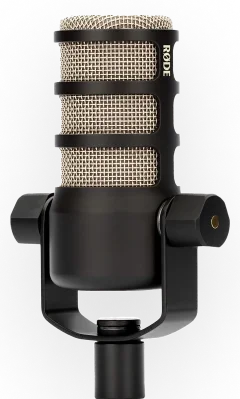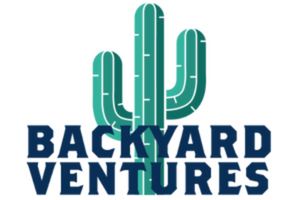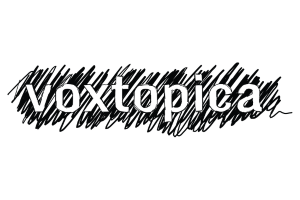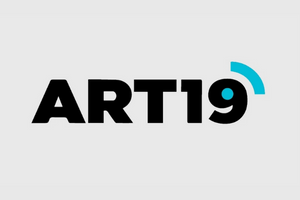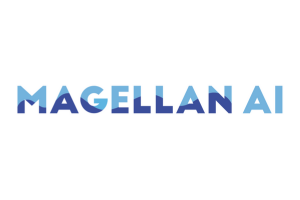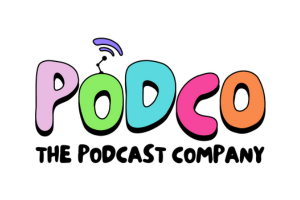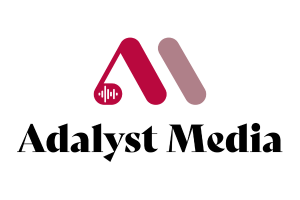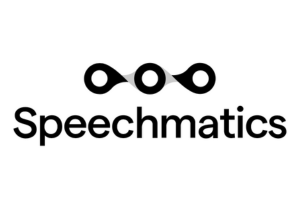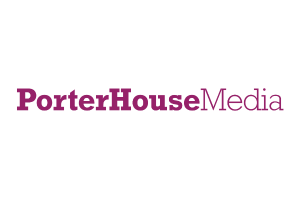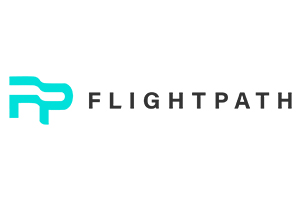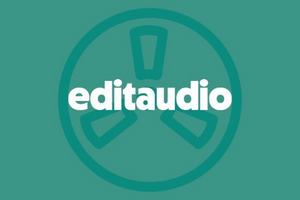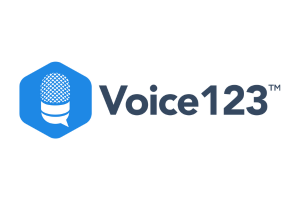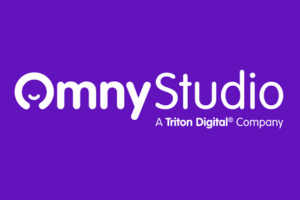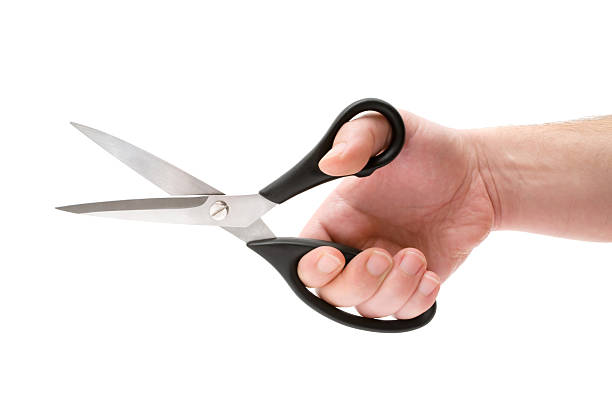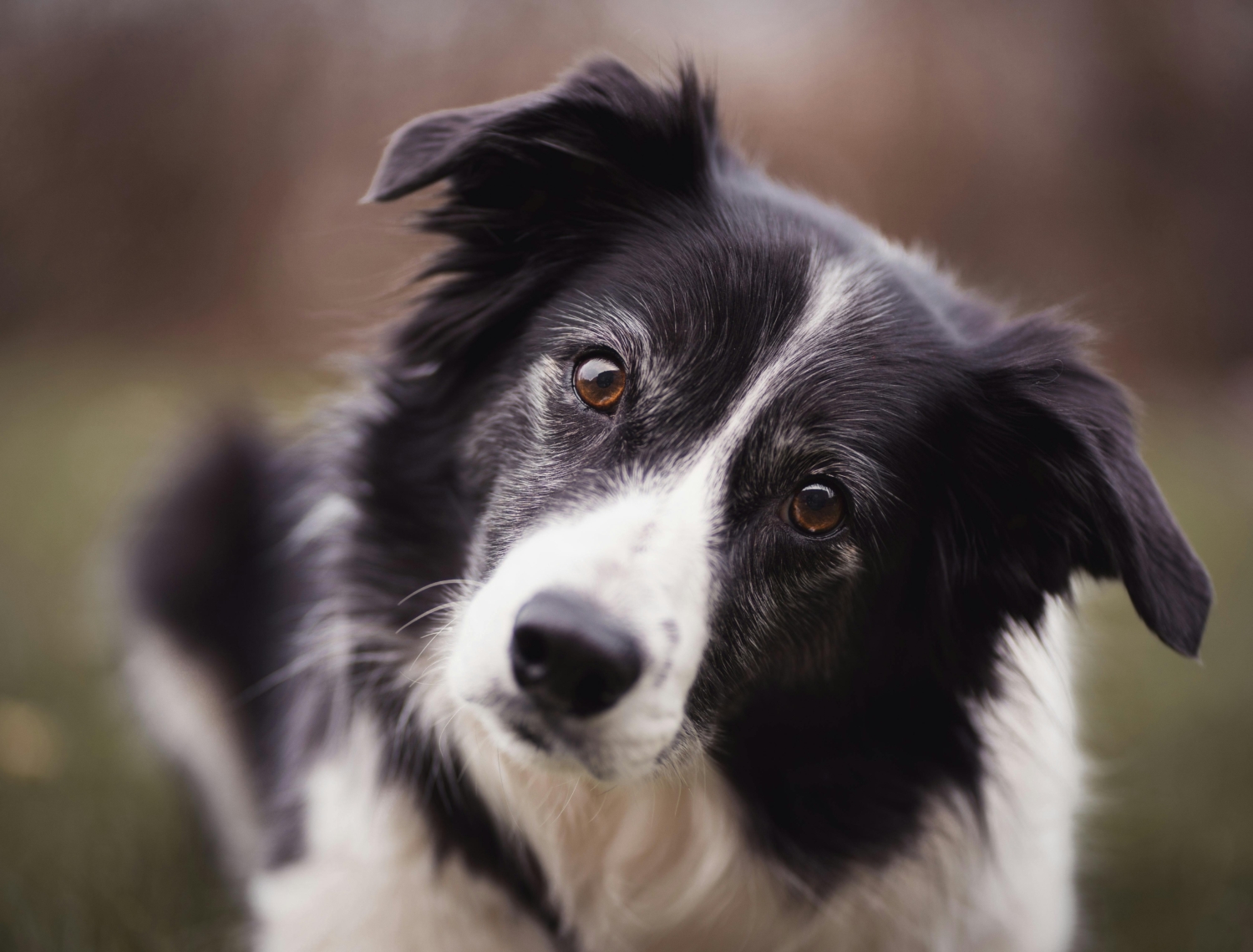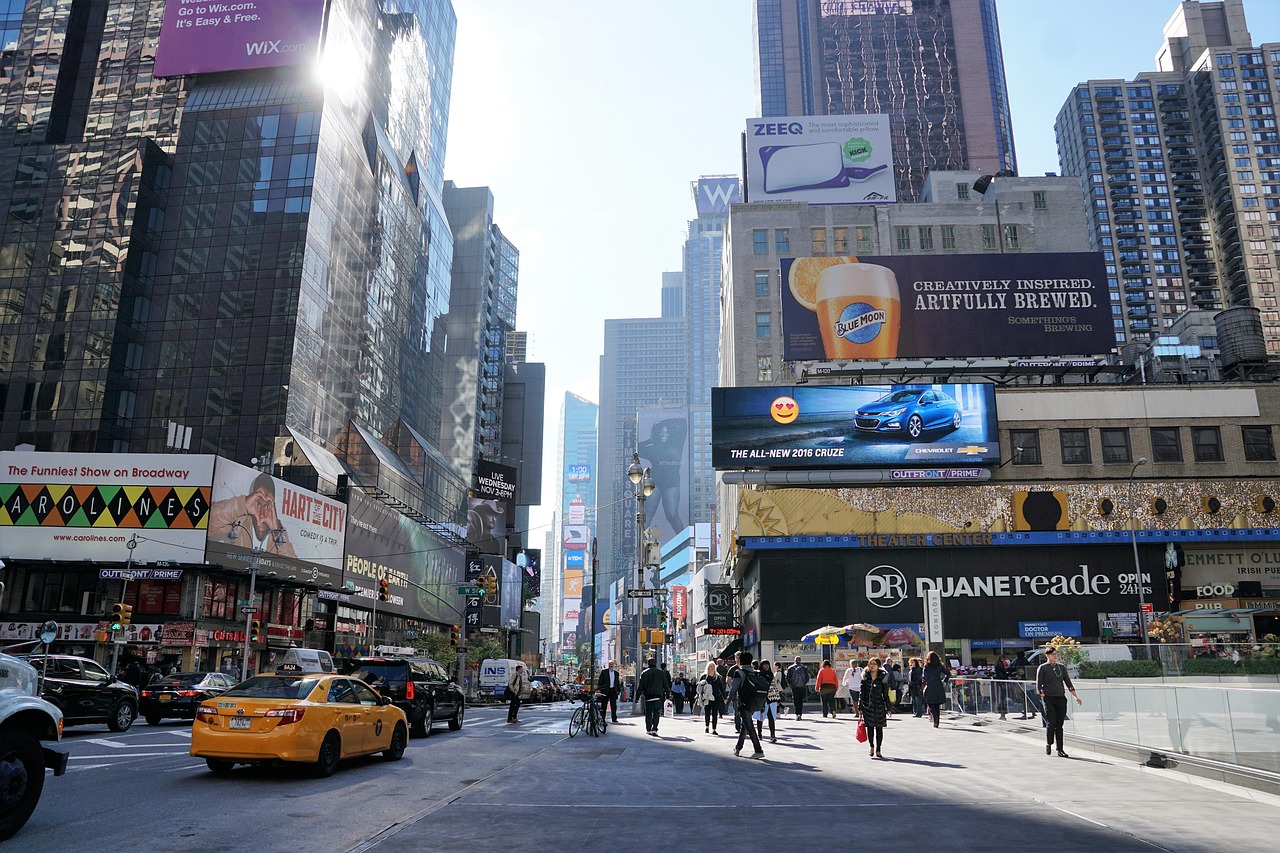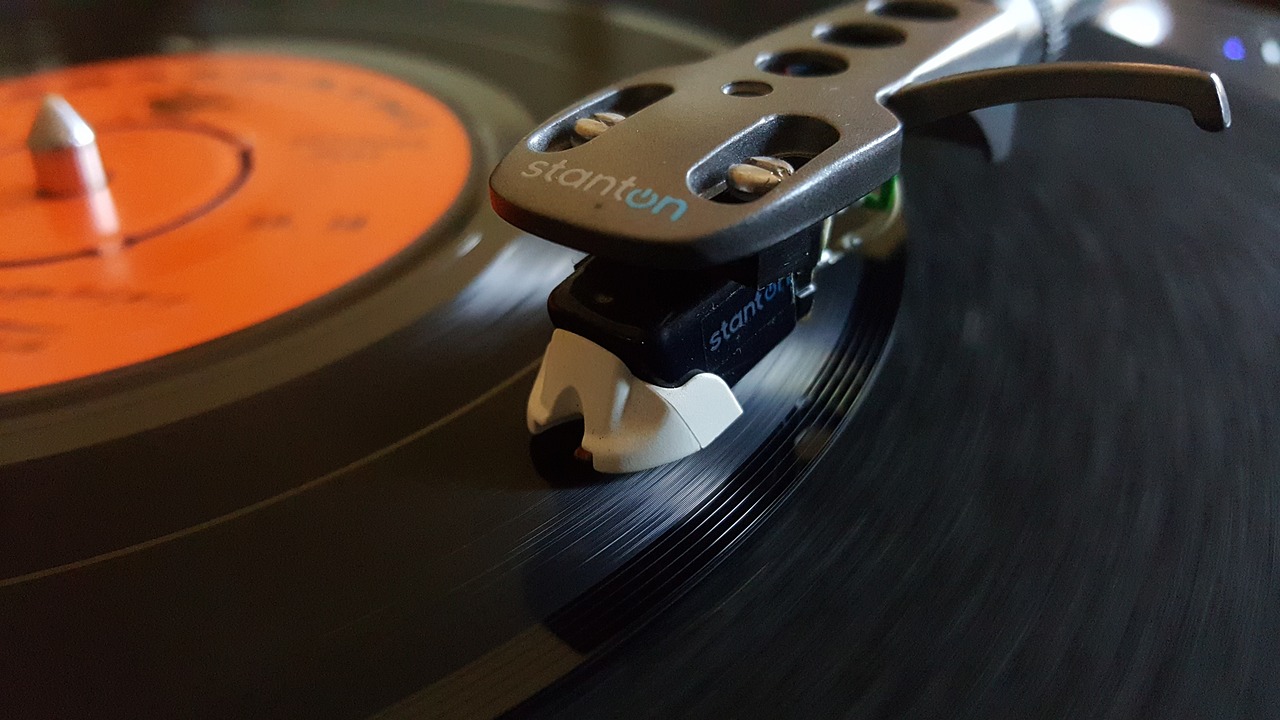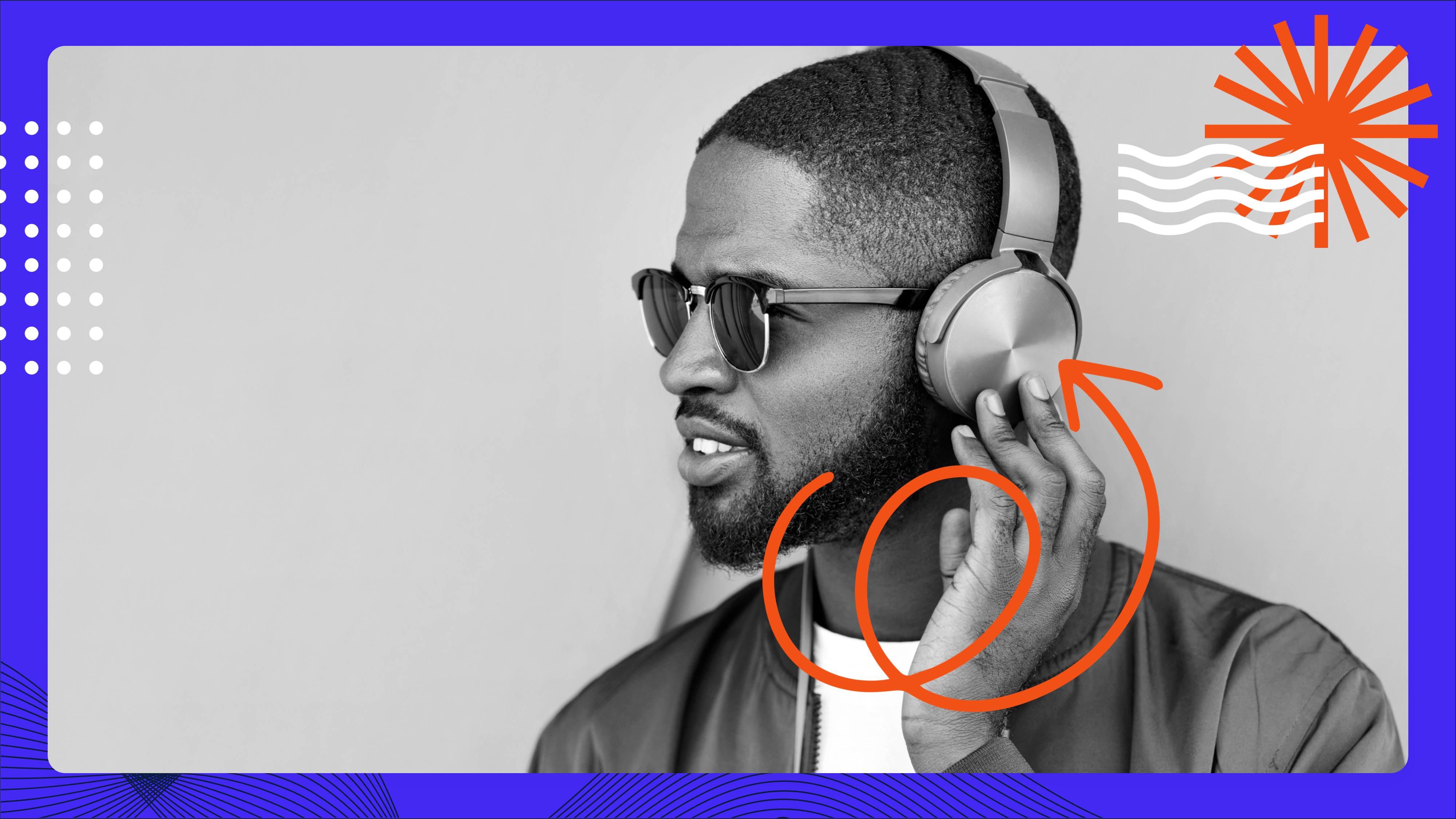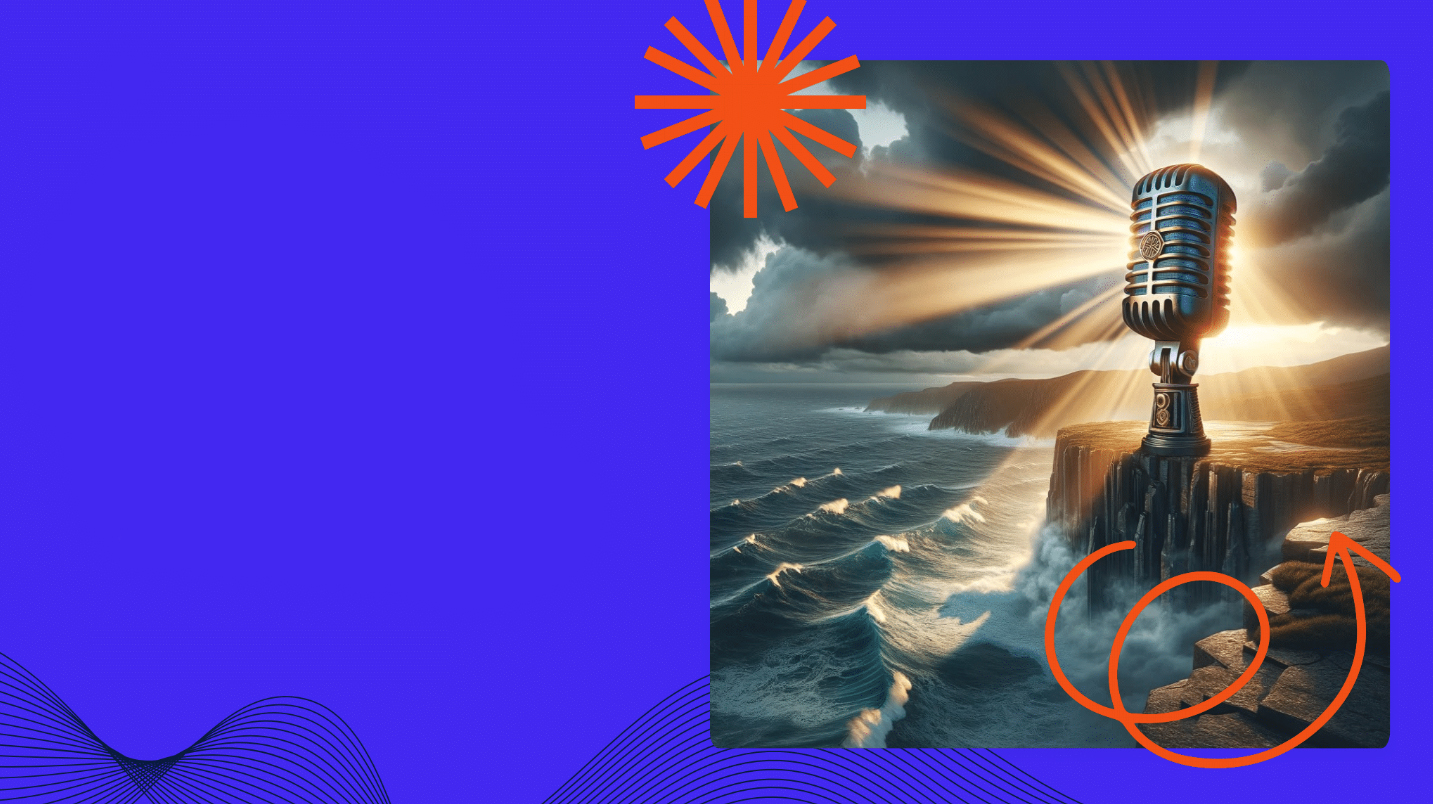Last week we presented After These Messages: Creative Execution in Podcast Advertising live to over 250 people. You can download the report and watch the recorded presentation right here!
In three years, Allyson Marino built and sold her own podcast company, Lipstick & Vinyl, a network built around strong female voices. Here is Allyson’s story.
It is April 2018. I strike out on my own to build a network made up of female voices. There simply aren’t enough women behind the mic with the support of a network. I know what advertising buyers want. I have deep empathy for creators. My superpower is working closely with talent to maintain artistic integrity and turn a profit. How hard could it be?
“You Want My Advice? Get an effing job.”
A mentor I respect offered this advice in late April 2018. Wondery received a $5M investment days earlier in March 2018. Without sufficient capital, do I want to compete with Hernan Lopez?
I am single and did not grow up with money or a pedigree that offers connections to private or institutional capital. But I see that as no reason to stop me from building something meaningful to amplify women’s voices. I decide to do it myself.
My Start-Up Costs
My overhead is low-ish from April 2018 through August 2018, when my company first sold an ad. I have my monthly living expenses. I am using a loan from my retirement savings to pay for these things. It is stressful. My runway was not longer than 30 days, one month at a time.
I spent $600 to officially set up an LLC, deposited $500 to open a business checking account, and spent a couple of hundred bucks on a website and the URL www.lipstickandvinyl.com. I spent money on building a brand first, which I knew would be essential for shows and advertisers to trust that Lipstick & Vinyl is a legitimate network.
I license a typeface (crucial!), get $200 worth of business cards printed, and get a friend to design a deck. Thanks to a website template and a few $20 stock photos, I have a site that looks good. It is colorful; it lists our mission, services, and origin story. The website Team Page is slightly tricky, given the team is me. I trust that the Team Page will grow.
Ad Agencies Buy Impressions
Time to tweak the deck template to sell my services to independent podcasts. I talk to everyone. Close friend and podcaster Josh Levine makes a show called Rebel Radio, and he became my first podcast. He is not a woman but represents an underground outsider’s point of view. And he has numbers.
Josh introduces me to Jennifer Reitman. A powerhouse, Jenn runs DAME Magazine and is in production on a brilliant slate of podcasts. The shows are by journalists, NY Times bestselling authors, and comedian Ashley Nicole Black. Jenn and I decide to partner. Lipstick & Vinyl is now the exclusive ad sales partner for half a dozen high-quality podcasts.
Some of these shows take off faster and are more significant than others. But agencies love to reach a female audience. So I am selling ads.
A professional friendship with Kevin Herrera, head of the influencer management company The Machine, brings me a YouTube personality with a large following. She wants to start a podcast, so I work with a producer friend to set her up with the right equipment and some general guidelines. We teach Rachel Ballinger how to podcast. Her show, All Things Internet, becomes the largest show on the network.
Running a Real Business
By early 2019 my young company was beginning to take hold. But I was running out of money to survive. And projections showed that without outside investment, it would be a couple of years before the company would be able to pay me.
Back at my desk, I have sold ads and need to send out invoices. That is going to require a system. I don’t have the money for an accountant, so I buy Quickbooks online. I am not good at accounting. Is it payable something someone pays me or something I pay someone?
Mark Zamuner, a past colleague who believes in my company, wires me $6000 to hire an on-demand CFO to help me create a business case that we can trot out to potential investors. He is my first angel.
The CFO, John Cherry, and I work on a gorgeous plan, and I learn a ton about making a business plan with projections, expectations, and the case for why we need to raise $3M.
I am still in charge of accounting. Agencies are emailing asking for invoices.
Every podcast gets an itemized pay sheet. Lines include the specific ad they read, when it ran, and what the agency paid. I have a column for agency commission, our split of 30%, and finally, the podcaster’s 70%. To pay each podcaster, I get them to fill out a W9 and connect their bank accounts through Quickbooks. I got used to my accounting hat.
Pitching, Pitching, and Pitching
I am selling shows on joining the network. I am selling ads in those shows to the direct response agencies and selling the company to investors. I am always selling, all the time.
I go back to Mark Zamuner. In the spring of 2019, he and his investment partner invest $50k in Lipstick & Vinyl. This is HUGE. I have a runway, can survive another six months, and put money into the business. My Dad takes $20k equity out of my parent’s home to give us another capital injection. He believes in me more than I believe in myself. This is a turning point for our historically blue-collar family. His kid is a start-up founder! Dad got a term sheet!
I use this money to travel to NYC and pitch to more investors. I sponsor the Diversity, Inclusion, and Culture track at Podcast Movement in Orlando. I hire an industry veteran friend for three months because that is how much my budget will cover. She sells ads. I sell the company.
At Podcast Movement, I find my third investor.
Uncle Podcast
Focus360 is a radio network based in New York. I worked with their COO James Starace back in my Westwood One days. Always fatherly, he suggested to the founder, Phil Brown, that they take a meeting with me about Lipstick & Vinyl. After the meeting, Phil Brown shows up at Podcast Movement 2019 with his business advisor, Richard Marks. Not the singer. Better.
They take me to dinner and ask what I would do with $1M. This is an exciting question. Fast forward, they invest $50k and become hands-on investors.
Over the next six months, Richard’s calm guidance earns him the term of endearment, Uncle Podcast. He brings invaluable business acumen and along the way I teach him podcasting.
Without Uncle Podcast (no, I don’t call him that to his face) I feel like giving up. This is too hard. We don’t have enough money.
Nobody Will Give You Money to Make Something Until You’ve Made Something
In April 2020 Dear Media will raise $8M. Two months later, Lemonada raised $3M. Dear Media, like Lipstick & Vinyl, is a network made up of female creators, and Lemonada is a network created by women. These are good signs.
The significant difference between my company and those two is that they create podcasts. Each network has a crown jewel of a podcast that the network builds behind. Dear Media and Lemonada own IP. I know that Lipstick & Vinyl needs this too.
My talent is not in actually making podcasts, however. It’s in selling them.
So I soon realized that we need to create original IP. My dream production houses include Neon Hum, Western Sound, and Transmitter.fm, and Jonathan Hirsch, Ben Adair and Gretta Cohn are kind enough to walk me through their process and how much an episode and a season can cost to make. To me, the cost is worth every cent.
The show I want to make costs between $10k and $30k an episode to make. Let’s say the show turns out to be a gorgeous six episodes. That doesn’t mean anyone finds it and listens. I also need a marketing budget equal to the production costs.
Asking investors for $200k to make something when I haven’t made anything before proves impossible.
Cash Flow
I learn what it is and how to manage it. Sure, we can only survive through the end of the month- each month. This is stomach-turning stressful. A girl has to eat.
Objectively though, things are looking good.
In year one, I sold the first ad to run in Q4. Ad revenue was roughly $50k in 2018. By year two, ad revenue was $300k. And, by year two and a half, I was able to hire Rob Magaziner and we increased ad revenue to roughly $500k.
This is awesome. Thrilling.
But Rob, Richard, and I were still killing ourselves to keep Lipstick & Vinyl’s head above water.
Thank goodness for a (non-forgivable PPP loan of $35,800) as it keeps us afloat.
Not My First Rodeo
Summer of 2020 arrives. Richard and I decide we have to raise more capital. I need a show or two that does over a million downloads a month and a couple more staff members. That is the only way we can grow. We deserve to grow.
I am buoyed by the fact that in 2019 Cadence13 was snapped up by Entercom for $12M. At that point, Cadence13 was primarily a podcast advertising sales network. There must be value in specialized sales organizations.
During this time, Rob takes over the ad sales, copy, and traffic duties. He becomes a Megaphone whiz. Rob is heaven-sent.
I gave myself six months to fundraise. If we are not successful, I plan to pivot.
A Successful Exit
By Thanksgiving of 2020, we have not raised the capital. I go on the hunt for buyers for Lipstick & Vinyl. This feels good to me. It feels right.
I have built a company I am proud of that consistently promotes and pays female podcasters. As long as I can find a good home for the shows on the network, I feel good about stepping away.
There were a handful of interested buyers. In the end, Focus360 acquired Lipstick & Vinyl and runs it today. I came out of the deal with all of my debts and investors paid, and all of the podcasts on the network remained without having to make any changes.
If I Had To Do It All Over
If I hadn’t worked for Midroll/Stitcher from the bootstrapped start-up days of 2014-2015, up until the $50M Scripps acquisition, I wouldn’t have had the guts to bootstrap myself. For 13 years, I sold ads in audio programs that other people greenlit, made, and selected. I wanted a say in what and who I was making money.
At Lipstick & Vinyl, I curated and greenlit projects. The Only One In The Room was our first and only original show. Executive produced by Christina Barsi, host Laura Cathcart Robbins and Scottie Slaughter, TOOITR pulls in hundreds of thousands of monthly listens. That experience allowed me to step into a newly created role working between iHeart and its most prominent partners like Shonda Rhimes and the NFL, and that role will prepare me for the next role.
I hope this has given you a taste of the highs AND the lows of building out a successful podcast company. Looking back, I don’t regret doing it.
If I could go back and do it again, I absolutely would. Would I do it again? No.
New Sponsors
Sounds Profitable exists thanks to the continued support of our amazing sponsors. Each sponsor receives one hour of consulting per month as a way to say thanks.
- Bumper is a podcast growth agency that helps organizations maximize returns on their audio investments. We work with forward-thinking brand storytellers to increase the business impact of their podcast portfolio.
- Jam Street Media – Purveyors of Quality Podcasts and Consulting.
Want to learn more about sponsorship? Hit reply or send us an email!
Market Insights with Magellan AI
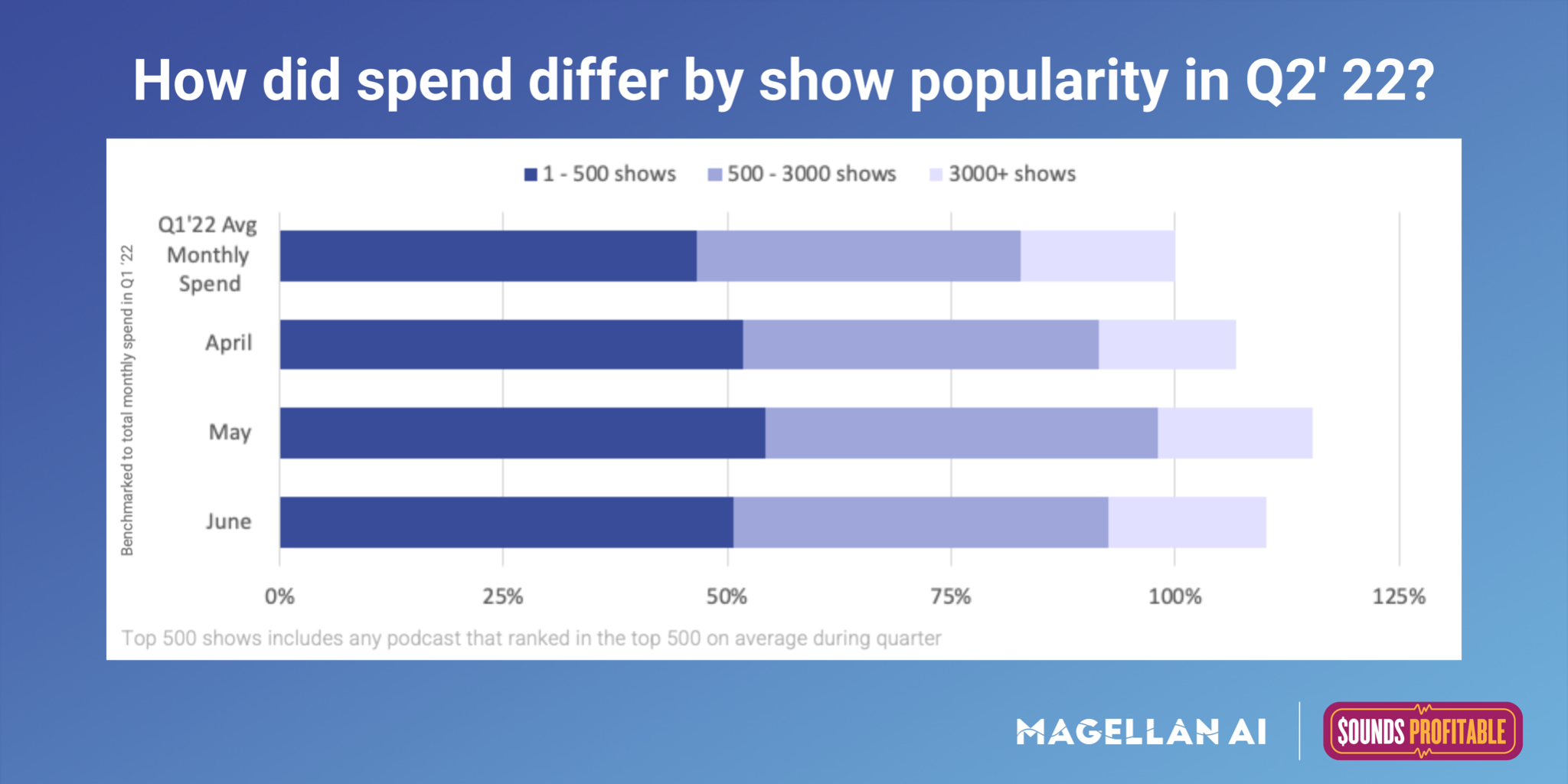
To mark the release of our Q2’22 Quarterly Benchmark Report, we are continuing our series on market-wide trends in Q2. This week dug into how much overall advertiser spend is being allocated to shows of varying popularity. To accomplish this we categorized shows by their average Apple Podcast Rank and broke out how much of the total podcast market is spending in each bucket.
We found that the Top 500 shows garnered 47% of the total podcast ad spend in Q2, which was around the same as Q1. This is understandable given that in Q2 on average advertisers spent close to $200k per month on podcasts ranking in the Top 500. In contrast, advertisers spent on average $30k on podcasts ranking in the Top 501 – 3000. We also found that overall spend increased by 11% from Q1, with the biggest increases coming from shows that ranked within the Top 500.
Interested in more insights like this? Download the Q2’22 Podcast Advertising Benchmark Report for a full analysis
Anatomy of an Ad with ThoughtLeaders

Sponsoring brand: NetSuite
Where we caught the ad: Bulletproof Screenwriting Podcast with Alex Ferrari
Who else has sponsored this podcast? Designer Looks, Carrando, Rothy’s
Where else has this brand appeared? The Dave Ramsey Show, Invest Like a Boss, The EntreLeadership Podcast
Why it works: Although it was hard to understand how the sponsored brand relates to the podcast, the host introduced NetSuite in a unique way – “Not running your business on NetSuite is like trying to sink a putt with a cap pulled over your eyes”. Both NetSuite and this podcast’s target audience is men in their late 20s – so this hook will definitely catch their attention.

